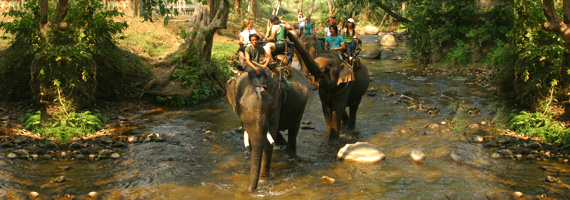
 |
|
 Drive an oxcart while at the elephant camps, watch a fantastic show, ride elephants, have lunch at the camps, go white wtaer rafting AND continue to the hill tribe long necks  an amazing feeling to be on such a gigantic animal 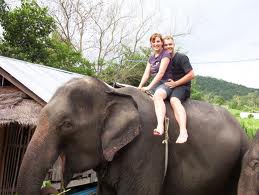 |||||||||||||||||||||||||||||||||||||||||||||||||||||||||||||| 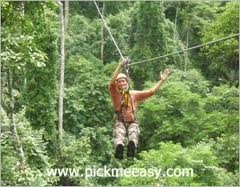 Come “fly” through the rain forest canopy on our secure, state-of-the-art zip line & skyline tour! 10% of all profits go toward gibbon and rain forest management ////////////////////////////////////////////////////////// 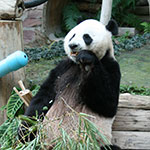 THE CHIANG MAI ZOO IS "MUST" THEY HAVE A GREAT AQUARIUM AND SNOW DOME A MONORAIL AND MUCH MUCH MORE  With 36 Wats within the old city walls and many more in the surrounding countryside, this private Chiang Mai temples tour will leave you fascinated. Near the summit of Doi Suthep, a 5300 feet peak named after the hermit Sudeva who lived on the mountain's slopes for many years, is the 600 year old temple of Wat Phrathat Doi Suthep. After a drive up the mountain's winding road, the final climb to the site is via an enormous mythological Nagas (Dragon-headed serpent) staircase of 306 steps. On a clear day, there are incomparable views over the city of Chiang Mai from the temple grounds. Wat Chedi Luang temple consist of an impressive chedi, originally built in 1411. It reached a height of over 278 feet before it was partially destroyed by an earthquake in 1545. It now reaches a height of 196 feet. The temple also contains the city pillar. Statue in small shelters surrounding this building are the home of guardian spirits.   ABOUT THE LOST TEMPLE TO THE RIGHT In 1984, just outside the modern Chiang Mai metropolitan area, archaeologists uncovered the remains of an ancient city. Research concluded that this was the city of Wiang Kum Kam, one of many fortified cities built by King Mengrai as he consolidated his hold on the north. In fact, it appears that Mengrai may have lived at Wiang Kum Kam for a few years before Chiang Mai was founded in 1297 a.d. Nearly 20 temple sites have been uncovered in the area, which lies between the Ping river and the Lamphun highway. The buildings were buried underground by years of flooding, which apparently is the reason Mengrai eventually moved 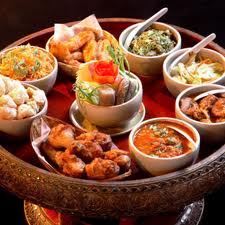 Enjoy a Traditional Khantoke Dinner For an excellent Thai dinning experience, a traditional Lanna Khantoke dinner is a must. Many believe this north Thailand dinner with music and dance was invented for tourists, but the Khantoke dinner dates back many centuries. Locals celebrate festivals and holidays in their homes with the Khantoke dinner today. Sitting down to a well-presented meal of good and delicious food is something to enjoy. Then there are those stand-up occasions where mixing and mingling with other guests and enjoy cocktails and finger foods. Finger foods? Eating with one's fingers? Considered as neither polite nor hygienic in some circles, eating with the fingers is as old as the human race. There is absolutely nothing wrong with it, as all do it perhaps without thinking. 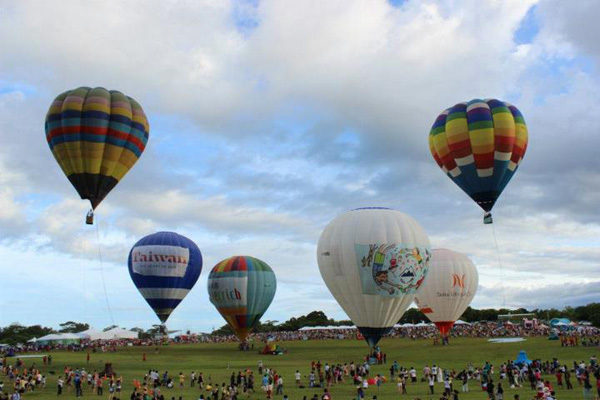 |
|
 Tiger kingdom is on the way to the elephant camps  the monkey farm, snake farm and orchid farm are also in that vicinity ---------------------------------------   A CRUISE ON THE MAI PING RIVER IS A DELIGHTFUL WAS TO SPEND AN AFTERNOON --------------------------------------- 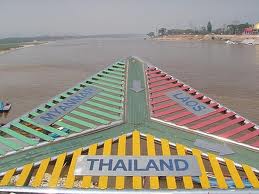 THE GOLDEN TRIANGLE (a two day trip) has a world-wide popularity for foreign and thai tourist to visit its beauty all the year round. Golden Triangle has the scenery of 3 countries along the Maekhong river that laid along the line of sight. Sob-Ruak Village are location at Golden Triangle area where the border of Myanmar, Thailand and Laos meet at the confluence of the Ruak and Maekhong rivers. In historical terms, Golden Triangle actually refers to a much larger geographic area, stretching thousands of square kilometter into Myanmar, Laos and Thailand. 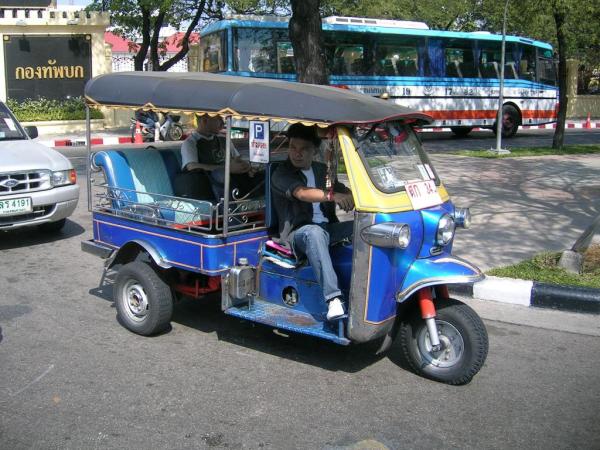 let me take you to worrowat market by tuk tuk the Warorot Market is a busy hive of daytime activity. Warorot Market opens daily early in the morning and closes after dark. Warorot Market is one of the places where lots of Thai locals do their own shopping, so expect to find the same or similar goods that you see at other Markets also sold here but cheaper and usually of better quality. You will also find a lot of goods here that you will not find in the tourist Markets like the Night Bazaar. You can buy almost anything at Warorot Market, a real mixed bag of everything. There are fresh/dried fruit - vegetables - flowers, butchery and bakery items, herbs, condiments, clothing, shoes, cosmetics, jewellry, lacquerware, silks, hemps, handicrafts, ceramics, wood carvings, beauty supplies, household appliances, electronic gadgets, sunglasses, watches, souvenirs, and fireworks, just to name a few. All items are really cheap. If you want something, look around, it is probably there somewhere. There are lots of indoor and outdoor shops and stalls over several streets so be prepared to spend a bit of time and have a good look around. Check out the big fruit and vegetable shop next to the Flower Market. The sizes, shapes, colours and smells of the huge variety of asian fruits on display is amazing. If you are not sure what the fruits are, ask for a little taste test, most are very obliging. The back and side streets around the Warorot Market are full of Hill Tribe and Northern Thai handicraft product stalls and shops along with various textiles outlets for things like silk and hemp. Again, usually cheaper and much higher quality than in other Markets like the Night Bazaar or the Saturday Markets. Best place to go to see local Thai shopping at bargain prices is Warorot Market when you visit Chiang Mai. FOR SOME REASON, FEW PEOPLE KNOW THIS Wiang Kum Kam, the Underground Ancient City  CONTINUATION OF THE LOST CITY his capital to Chiang Mai. In fact, the Ping river originally flowed along the north side of the town, but at some point during the Burmese occupation from the sixteenth to eighteenth centuries, the river changed course and now flows along the west side of the site. The change of course was apparently the final straw which caused the city to be largely abandoned for 300 years. The site is too large to cover on foot. The best way to see it is to start at the still working temple of Wat Chedi Liam, and tour the site by bicycle, tram or pony carriage. The nine main sites taken in on a typical tour are not greatly interesting compared to many of Thailand's ancient sites. What does make the trip worthwhile is the gentle pace and scenery of the countryside viewed from the back of a carriage or on a bicycle. Although most of the sites are not much more than platforms and ruined chedis, there are two working temples in the area that date from the city's heyday at the end of the thirteenth century. One is your logical starting point, Wat Chedi Liam. The other, more vibrant temple is Wat Khan Tom (also known as Wat Chang Kum), where in fact the spirit of King Mengrai is said to still reside. 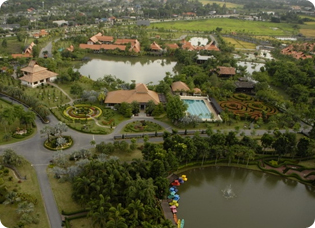 HOT AIR BALLOON ITINERARY 6.00 – 6.30 am. Transfer from hotel to launch site. 6.30 – 7.00 am. Hot Coffee or Tea served, while the crews prepare the balloon. 7.00 am. Flight duration is about 1.15 hours. You will fly over countryside and Thai scenery. 8.00 – 8.15 am. A breakfast is served, with fruit juice/coffee/tea. • Follows the famous balloonist's Champagne Celebration. • You will be issues a flight certificate signed by the pilot. 9.00 – 9.30 am. Transfer from landing place to hotel. |